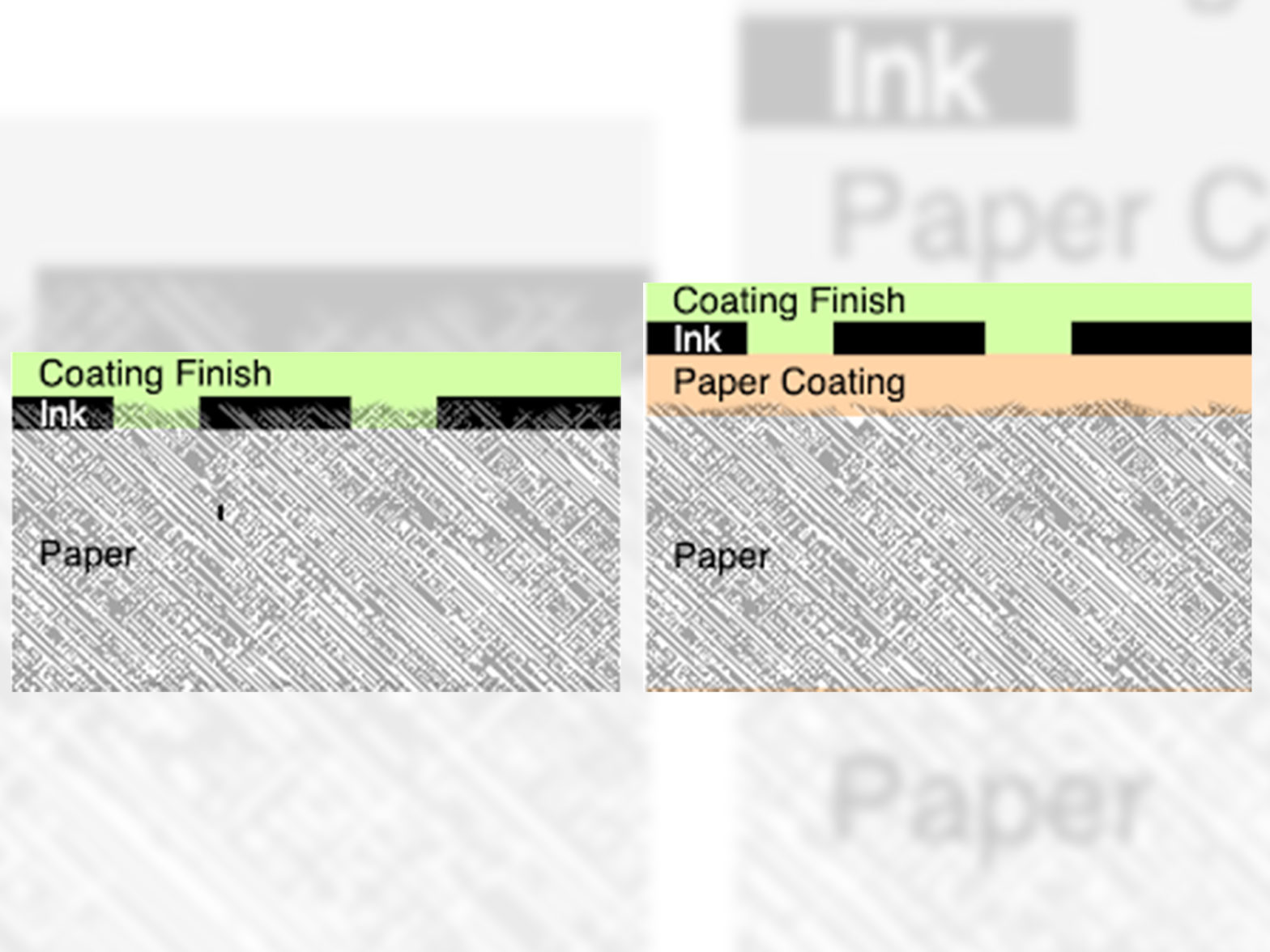In lithography, or almost anything that is being manufactured, there are certain aspects of the process that are simply taken for granted because they’ve been a constant for as long as anyone can really remember. One of those things in high graphic lithography is that nearly 100% of the time a “coated” stock is used as the canvas for print. In our case, largely serving packaging clients, we utilize coated one side (C1S) stock.
Coated paper has been in existence for well over 100 years. The best I can tell the modern day coated papers in the market got their inception somewhere around 1884 or 1885 when printers were striving to achieve better results in their craft, which at the time was utilizing engraved wooden blocks to make impressions on paper. They created a coating for paper that would function to smooth out the surface they were transferring the print to, while at the same time, providing a barrier between the fibers of the paper and the ink that was being applied.
Today, for much the same reasons, we utilize a C1S sheet that has been coated with a fine layer of clay that provides a smooth printable surface to the paper. This layer can be comprised of a mixture of different materials including kaolinite, calcium carbonate, bentonite, and talc. This layer, called clay coated, fills the voids between all the fibers in the sheet of paper and leaves a smooth outer surface that gives a press operator the ability to apply the fine detail that they can produce. This clay layer functions as a “hold out” layer for the ink being applied so that it does not transfer into the fibers of the paper. Without this clay layer on the sheet the ink would bleed through the fibers of the paper which would deteriorate the finished quality and intricacy of the print as well as weaken the sheet of paper.
While the approach to making a coated sheet of paper for use in printing has no doubt evolved from the methods they used in the 1800’s, the reasons for which coated paper is still so important to our industry are much the same as the reasons why it was developed so many years ago…it gives a sheet a paper the utmost printability, while at the same time allowing (and even adding to) the paper’s strength and function to persist through the printing process so that it can be converted without issues.
For more tips from me, Lee Tirey, and the Real People of HP, explore our additional blogs and videos, or contact us directly at Huston Patterson.

